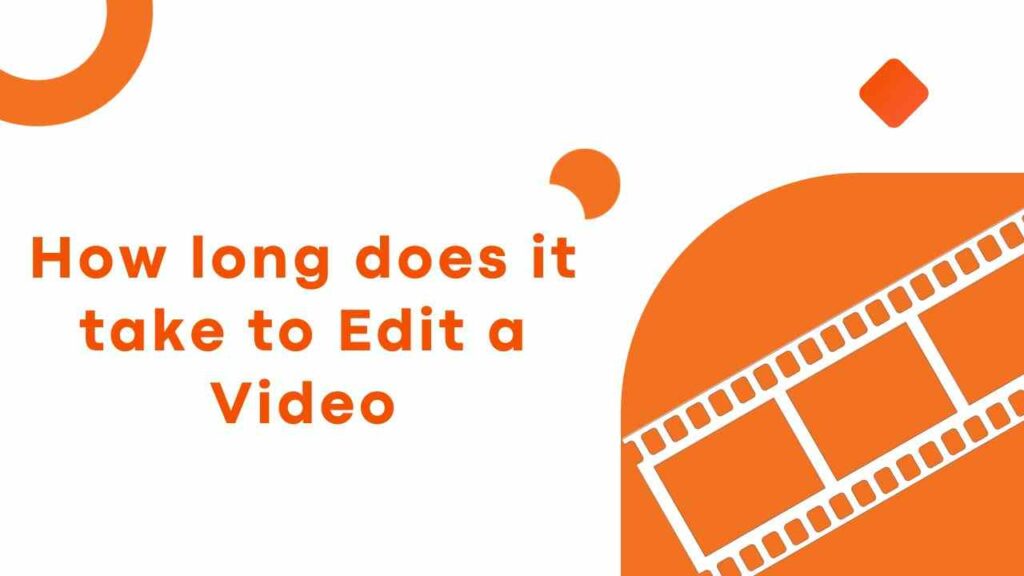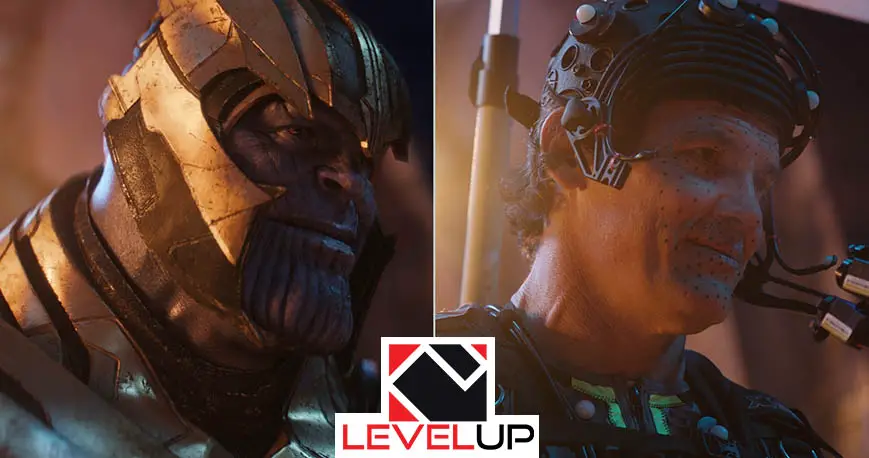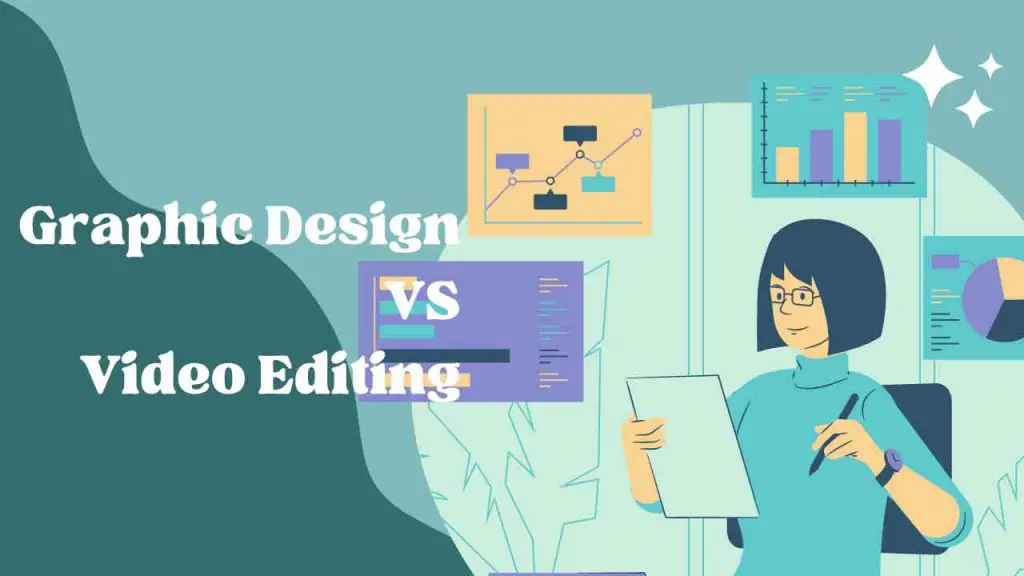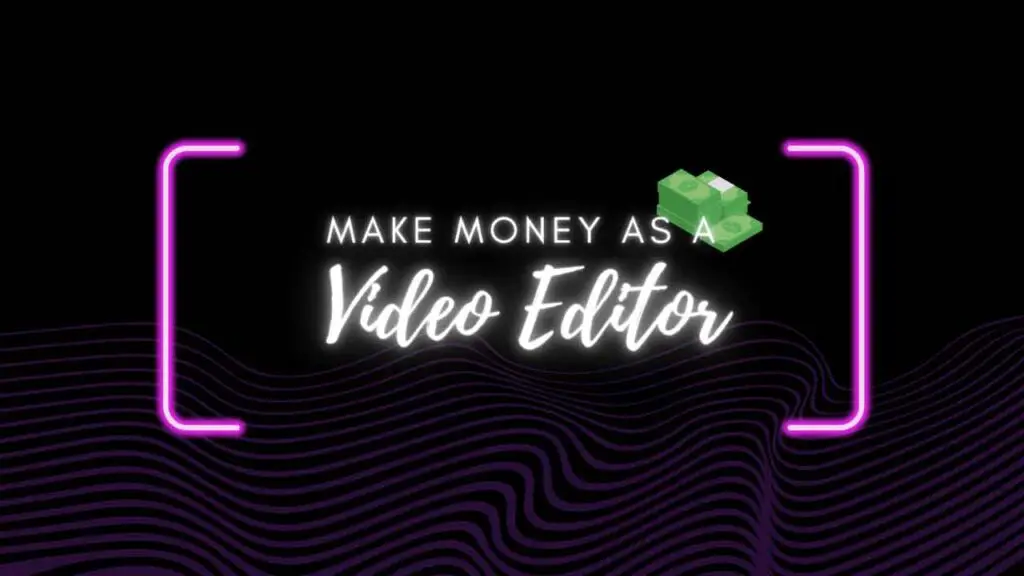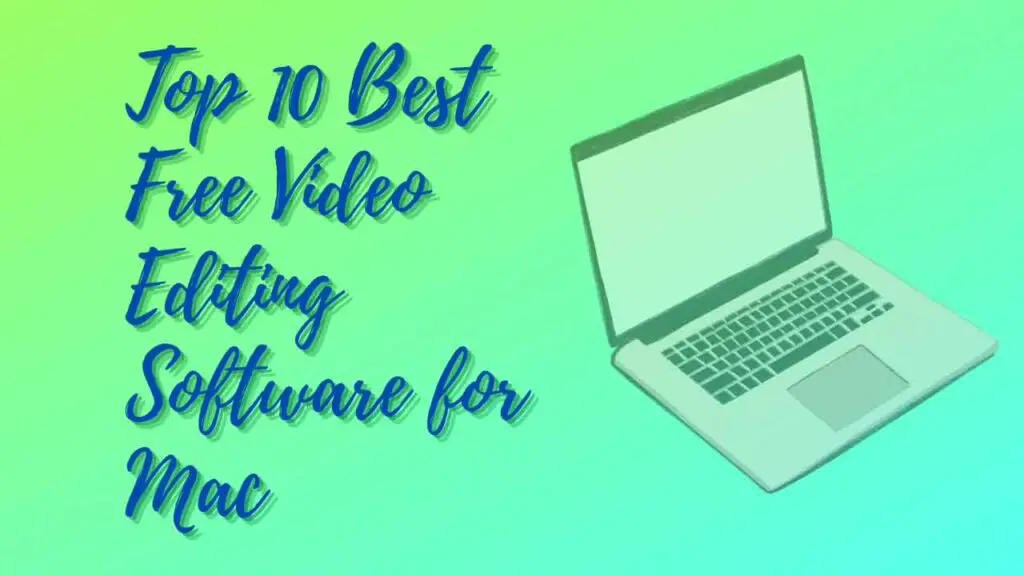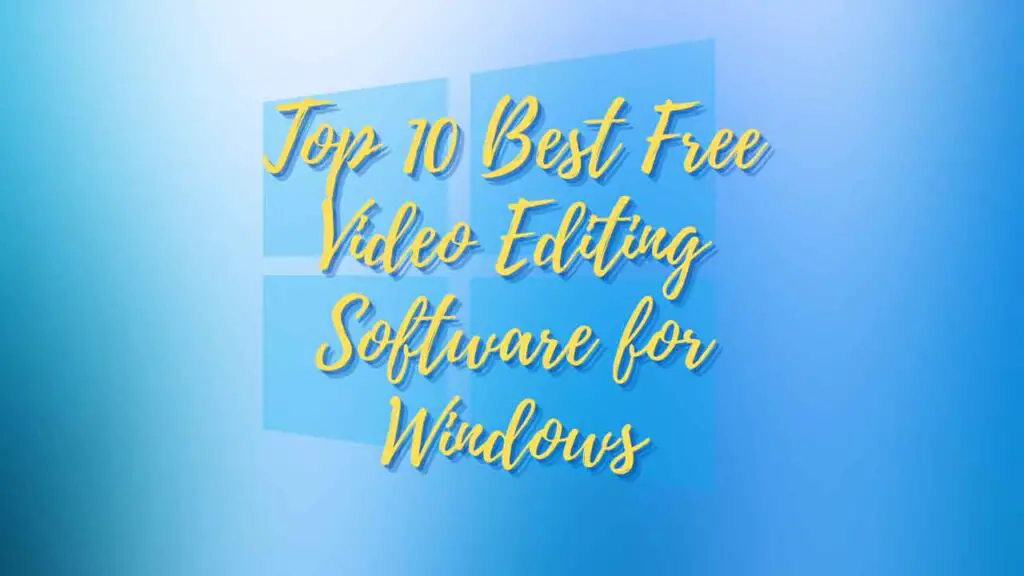THIS ARTICLE MAY CONTAIN AFFILIATE MARKETING LINKS! IN CASE YOU MAKE A PURCHASE THROUGH ONE OF THE LINKS, WE'LL GET A SMALL COMMISSION. WITH NO EXTRA CHARGES TO YOU. THANKS!!
Today, we’re diving deep into the fascinating world of video editing, exploring the burning question that many budding creators and seasoned professionals often ponder: How long does it take to edit a video? Buckle up as we embark on this journey to unravel the intricacies of the editing process!
How long does it take to Edit a Video?
Understanding the Basics
Let’s kick things off by demystifying the basics. Video editing isn’t just about cutting and pasting clips together; it’s an art form that requires finesse and precision. The time it takes to edit a video depends on various factors, including its length, complexity, and the level of polish you’re aiming for.
Video editing is a dynamic process that involves manipulating and arranging video clips to create a cohesive and engaging narrative. Here’s a brief overview of the basics:
- Learning Resources: Start by exploring online tutorials, courses, and practicing with editing software. Websites like Descript and Udemy offer valuable insights for beginners.
- Basic Techniques: Begin with fundamental editing techniques, such as cutting, trimming, and arranging clips. This lays the groundwork for more advanced editing skills.
- Editing Software: Familiarize yourself with different video editing software. Tutorials, like the one on InVideo, can guide beginners through step-by-step processes.
- Computer Speed: Ensure you have a fast computer to handle the editing process smoothly[5]. Slow computers can hinder efficiency and creativity.
- Project Organization: Adhere to the 321 Rule—create three copies of your project, store them on two different media, and keep one offsite. This safeguards your work from potential losses during editing.
- Creative Process: Understand that video editing is not just technical; it’s a creative process. Experiment with transitions, effects, and audio enhancements to bring your vision to life.
Short and Sweet: Quick Edits
If you’re working on a short video, say a snappy vlog or a brief tutorial, the editing process might be a breeze. Quick edits, where you trim the unnecessary bits and add a touch of magic, can often be wrapped up in a couple of hours. These are perfect for those who want to get their content out swiftly without compromising quality.
Efficient video editing is an art, and here are some quick tips to streamline the process:
- Choose the Right Software: Opt for user-friendly software that aligns with your editing needs. The right tools can significantly speed up your workflow.
- Fast Computer Setup: Ensure your computer is equipped for swift editing. A speedy processor and ample RAM can make a notable difference in rendering and overall efficiency.
- Pre-Editing Preparation: Familiarize yourself with the footage before diving in. Understanding the content allows for quicker decision-making during the editing process.
- Trimming Techniques: Embrace techniques like “cut on action” to maintain the flow and eliminate unnecessary footage swiftly.
- Audio Balancing: Pay attention to audio levels during recording and balance them effectively in post-production. This minimizes the need for extensive audio adjustments later.
- Utilize Cutaways: Incorporate cutaway shots strategically. This not only adds visual interest but also allows for seamless editing transitions.
The Mid-Range Challenge
Now, let’s talk about the mid-range challenge. Videos ranging from 10 to 30 minutes involve more intricate editing. You’ll likely be playing with transitions, fine-tuning audio, and adding those eye-catching effects. This can take anywhere from a half-day to a full day, ensuring your masterpiece is polished to perfection.
When navigating the mid-range challenge of video editing, where projects fall between 10 to 30 minutes, it’s crucial to strike a balance between complexity and efficiency. Here’s a concise guide to meet the mid-range challenge:
- Software Selection: Choose video editing software that aligns with the mid-range project’s needs. Options like Adobe Premiere Pro and DaVinci Resolve are popular choices for their versatility and features.
- Learning Curve: Familiarize yourself with the chosen software. Invest time in understanding its functionalities to enhance efficiency during the editing process.
- Organize Your Project: Proper organization of media assets is key. Create a structured folder system to easily locate and manage clips, audio files, and other elements.
- Storyboarding: Develop a rough storyboard before diving into the editing process. This visual roadmap helps in planning the flow of the video, ensuring a coherent narrative.
- Efficient Editing Techniques: Embrace advanced editing techniques such as transitions, color grading, and audio enhancements. These elements add a professional touch to your mid-range project.
- Optimize for Speed: Configure your editing software for optimal performance. Adjust settings based on your hardware specifications to prevent lags and ensure a smooth editing experience.
- Regular Saves and Backups: Save your work regularly and implement a backup strategy. This safeguards your project against unexpected software crashes or hardware failures.
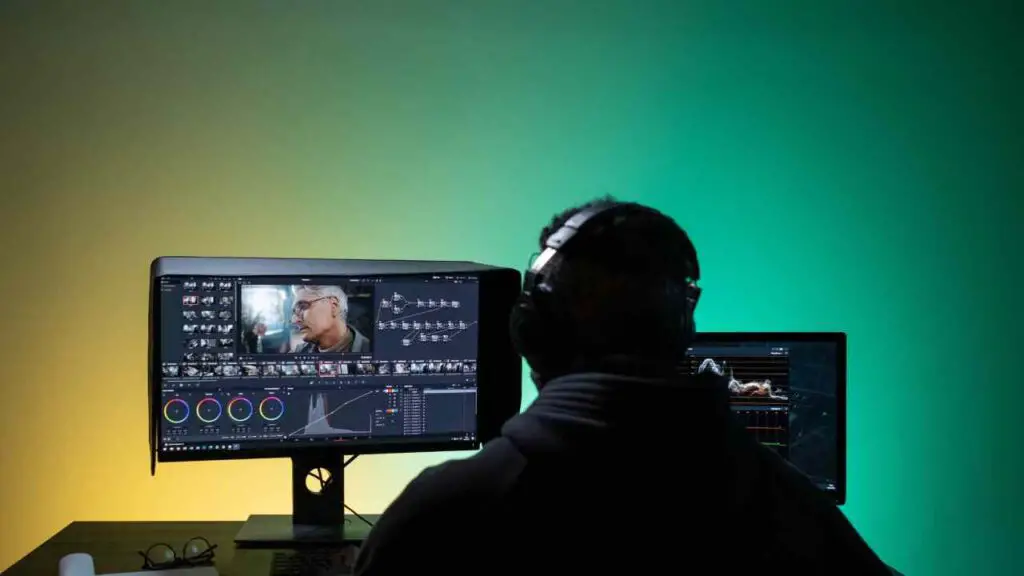
Epic Productions: Taking Time to Shine
For those crafting epic productions, such as short films or documentaries, patience is key. These projects demand meticulous attention to detail. Depending on the complexity, you might find yourself investing several days or even weeks to bring your vision to life. Remember, Rome wasn’t built in a day, and neither are cinematic masterpieces!
Editing large videos requires a strategic approach to ensure efficiency and maintain the quality of the final product. Here are best practices for handling large video editing projects:
- Use High-Performance Software: Employ professional video editing software with robust capabilities to handle large files efficiently.
- Organize Your Footage: Efficiently organize your footage before starting the editing process. A well-structured file system makes it easier to navigate through large amounts of content.
- Storyboarding and Planning: Have a clear storyboard and plan for your video. This not only streamlines the editing process but also helps in identifying the crucial elements of your large video project.
- Optimize Audio Editing: Pay close attention to audio editing. Ensure clear, high-quality audio, and consider using separate audio tracks for better control.
- Fast Computer Setup: Use a computer with sufficient processing power and memory to handle the demands of large video files. This prevents lag and ensures a smooth editing experience.
- Regular Saves and Backups: Save your work regularly, and implement a robust backup strategy to safeguard against potential data loss or software crashes.
The Role of Tools in the Game
Let’s not forget our trusty companions in the editing room – the software tools. The choice of editing software can significantly impact the time investment. While some tools offer quick and user-friendly interfaces, others provide a plethora of advanced features that require a bit of a learning curve.
Video editing involves a collaborative interplay between software and hardware, each playing a crucial role in the overall editing process:
- Software Impact on Performance: Video editing software determines the features and capabilities available during the editing process. Advanced software often demands more from the hardware to deliver smooth performance and a wide range of editing functionalities.
- Hardware Performance for Efficiency: The hardware of a computer significantly influences video editing efficiency. Key hardware components like CPU, GPU, and RAM directly impact rendering speed, playback, and the ability to handle high-resolution files.
- Impact of AI on Video Editing: The integration of Artificial Intelligence (AI) in video editing streamlines the process by eliminating the need for high-end hardware, making editing more accessible and efficient.
- Storage and Graphics Demands: High-resolution videos, especially at 4K, place substantial demands on storage and graphics performance. Adequate hardware support is crucial for a seamless editing experience.
- Memory Requirement: Video editing software consumes a significant amount of Random Access Memory (RAM). Having sufficient RAM is essential for smooth editing, preventing performance bottlenecks.
In summary, while software defines the editing capabilities, hardware provides the necessary processing power and resources to execute those functions effectively.
Wrapping it Up
As we near the end of the article, it’s crucial to highlight that there’s no one-size-fits-all answer to the question at hand. The time it takes to edit a video is as unique as the content itself. Whether you’re a swift editor churning out daily vlogs or a meticulous creator crafting a cinematic masterpiece, each project has its own rhythm and pace.
In conclusion, the journey of video editing is a thrilling ride, and the time invested is a testament to the dedication and passion behind the scenes. So, the next time you find yourself pondering over how long it takes to edit a video, remember that it’s not just about the minutes and hours—it’s about the artistry and creativity that breathe life into every frame.
